I previously wrote about some house plants, because I found out basically all the plants I have are toxic to my cat. So I researched some ones that were safe, and that was my last post [8 Indoor Plants That Are Safe (8 That Are Not Safe) For Cats].
I had listed a plant that was poisonous to cats, and honestly, I had never really thought much about it before. That led me down a bit of a rabbit hole.
As I kept researching, the more I realized just how important it is to help other cat owners become more aware of the dangers some plants can pose.
If you’re a cat parent with a love for plants, it’s not just about which ones are safe…it’s about which ones could truly put your cat in danger.
While many plants are mildly toxic, some are highly poisonous and can be fatal, even in small amounts.
These are the plants you should keep far, far away from your cat’s reach, or avoid bringing into your home entirely.
Quick note: If you haven’t already, check out my post on 8 Indoor Plants That Are Safe (and 8 That Are Not Safe) for Cats for a broader list of common houseplants.
This post focuses specifically on the most dangerous plants…the ones that are known to cause organ failure or even death.
Disclaimer: I’m not a veterinarian. The information in this post is based on publicly available sources and is meant for educational purposes only. If your pet may have ingested something toxic, contact your vet or the ASPCA Animal Poison Control Center immediately.
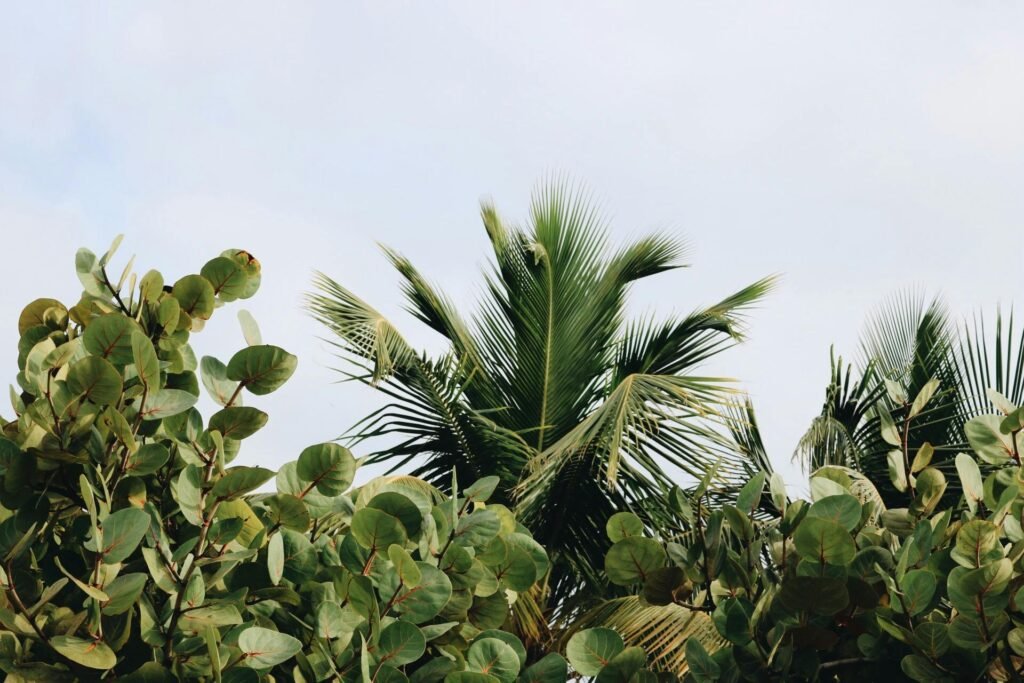
⚠️ What Makes a Plant Deadly?
Many plants contain compounds that can cause:
Liver failure
Kidney damage
Seizures
Heart arrhythmia
Neurological distress
And in the worst cases… death
Even small amounts of some of these plants…like just licking the pollen or chewing a seed, can be life-threatening.
A few of these are common indoor plants, but most are often found in outdoor landscaping. If your cat goes outside, or you walk your cat, try to keep an eye out for these along the way!
🪴 The Most Dangerous Plants to Cats
Here’s a list of common (and surprisingly popular) plants that are especially dangerous or deadly to cats.
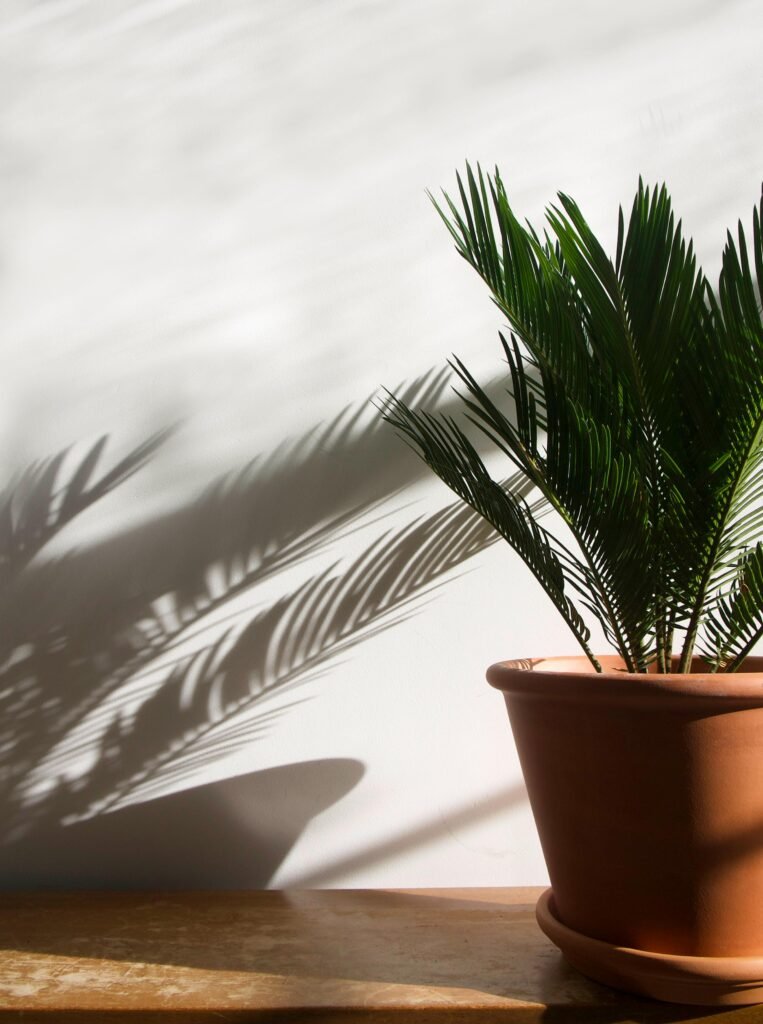
1. Sago Palm (Cycas revoluta)
The Sago Palm may look tropical and decorative, but it’s one of the most toxic plants a cat can come into contact with. Every part of the plant is poisonous…especially the seeds (often called “nuts”).
Toxin: Cycasin
Why it’s dangerous: Cycasin causes severe liver damage, and even a small amount can lead to liver failure or death.
Symptoms: Vomiting, drooling, loss of appetite, diarrhea, lethargy, seizures, jaundice, liver failure.
Fatal risk: Very high—even a single seed can be deadly.
Where it’s found: Homes, warm-climate landscapes, patios, decorative pots.
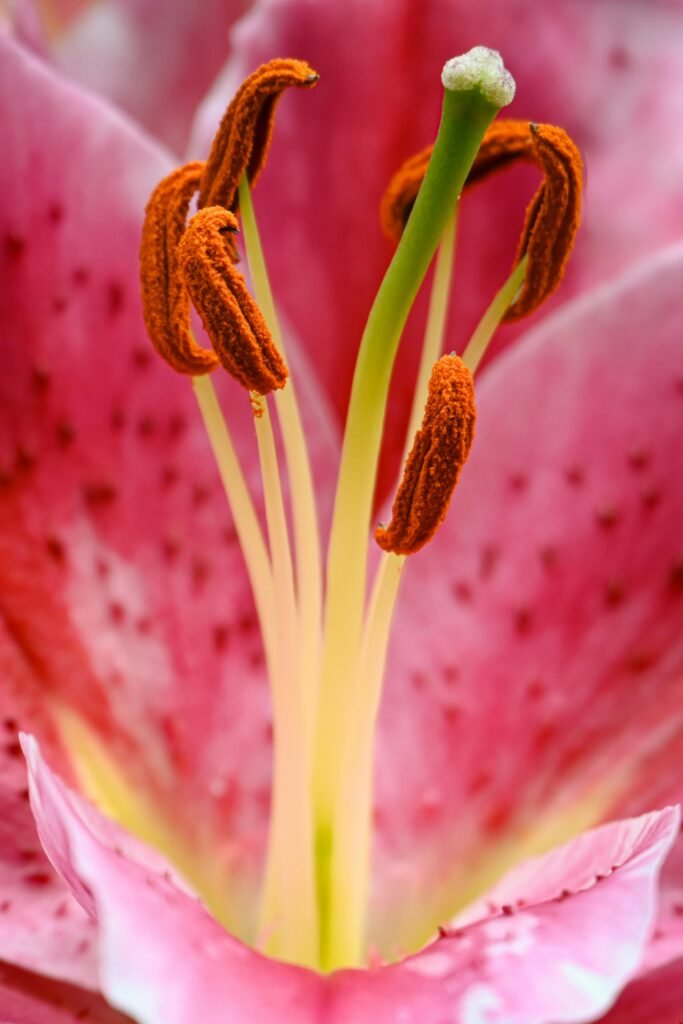
2. True Lilies (Lilium & Hemerocallis species)
Lilies are stunning, fragrant, and incredibly deadly to cats. This includes Easter Lilies, Tiger Lilies, Daylilies, Asiatic Lilies, and Stargazers.
Toxin: Unknown exact compound, but extremely toxic to feline kidneys.
Why it’s dangerous: All parts of the plant are toxic, including the pollen, leaves, petals, and even the water in the vase. Ingestion can cause acute kidney failure within 36 to 72 hours.
Symptoms: Vomiting, lethargy, dehydration, loss of appetite, increased urination followed by decreased urination, kidney failure.
Fatal risk: Extremely high—emergency treatment is essential within 18 hours of ingestion.
Where it’s found: Bouquets, floral shops, gardens, holiday arrangements, my moms house.
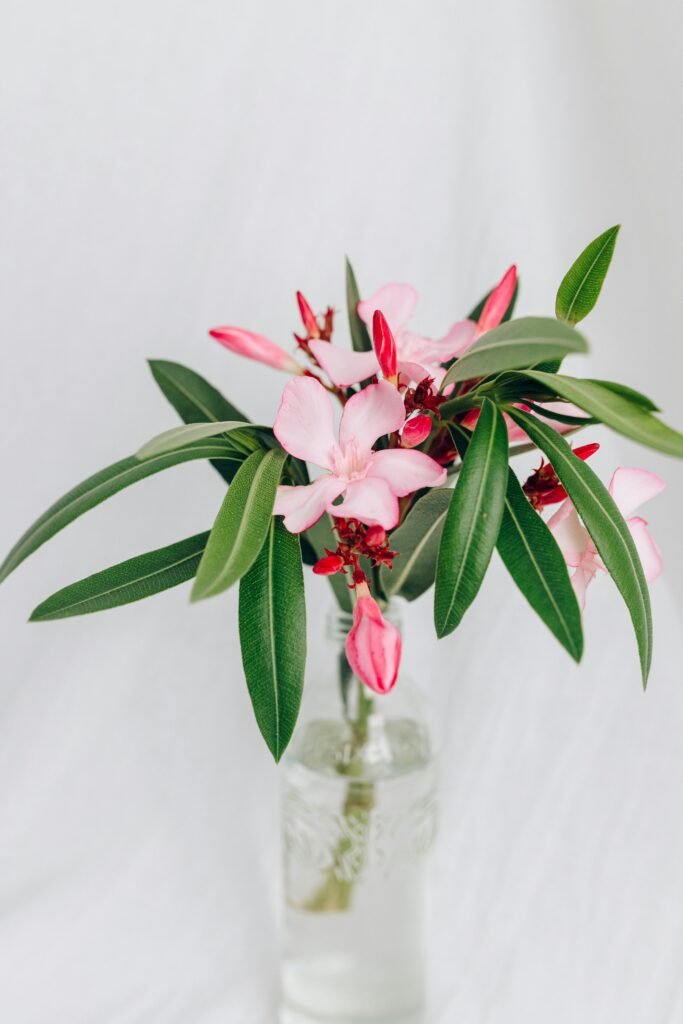
3. Oleander (Nerium oleander)
Oleander is a flowering shrub known for its beauty—and its toxicity.
Toxin: Cardiac glycosides (similar to digoxin)
Why it’s dangerous: It affects the heart and central nervous system. All parts are poisonous, even in small doses.
Symptoms: Vomiting, drooling, slowed heart rate, tremors, cold extremities, collapse, death.
Fatal risk: High—can cause sudden cardiac death.
Where it’s found: Yards, public landscaping, warm-weather hedges.
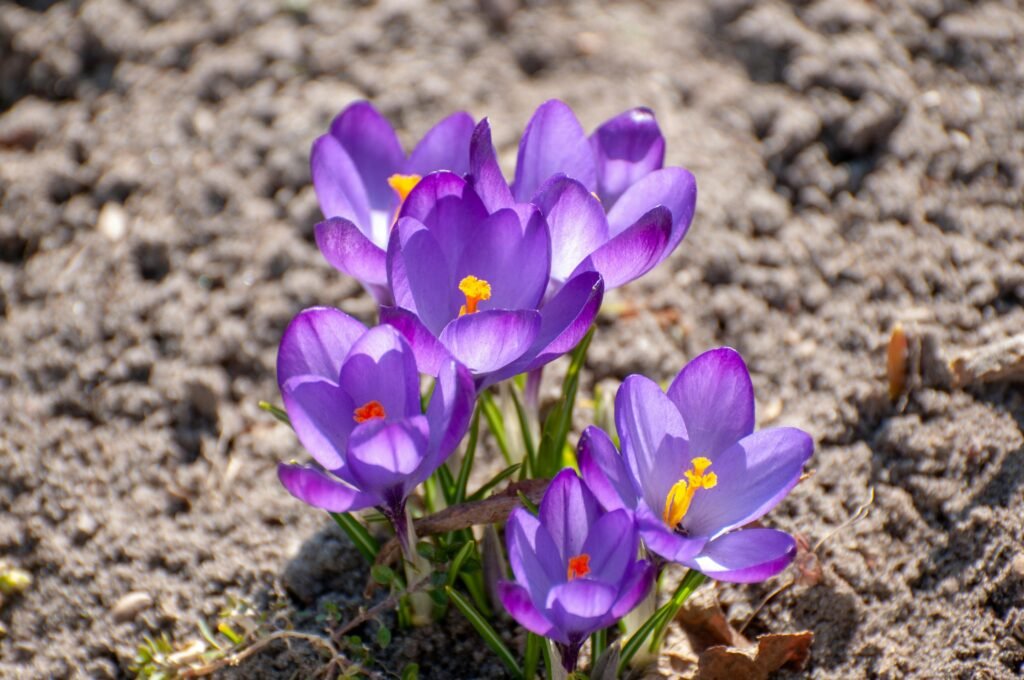
4. Autumn Crocus (Colchicum autumnale)
This beautiful fall-blooming flower can be extremely harmful to cats.
Toxin: Colchicine and related alkaloids
Why it’s dangerous: Colchicine disrupts cell division, affecting organs throughout the body. Symptoms may appear immediately or be delayed up to a few days.
Symptoms: Severe vomiting, bloody diarrhea, shock, multi-organ failure, bone marrow suppression.
Fatal risk: High—can result in death without quick treatment.
Where it’s found: Ornamental gardens, floral shops (As a gift for someone’s home), bulb packages.
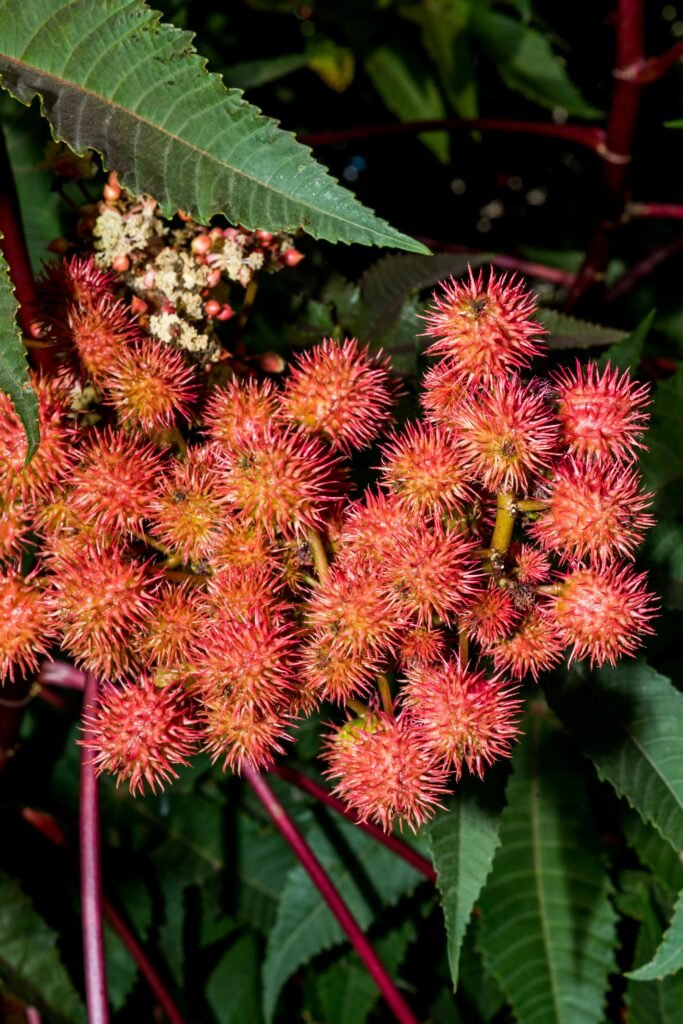
5. Castor Bean Plant (Ricinus communis)
Castor plants may look tropical and exotic, but they produce one of the deadliest known natural toxins.
Toxin: Ricin
Why it’s dangerous: Ricin inhibits protein synthesis, leading to cell death throughout the body.
Symptoms: Excessive drooling, abdominal pain, vomiting, bloody diarrhea, tremors, seizures, severe dehydration, organ failure.
Fatal risk: Extremely high—even a single seed can be fatal to a small cat.
Where it’s found: Rarely used in modern gardens, but still found in some outdoor landscaping or plant collections.
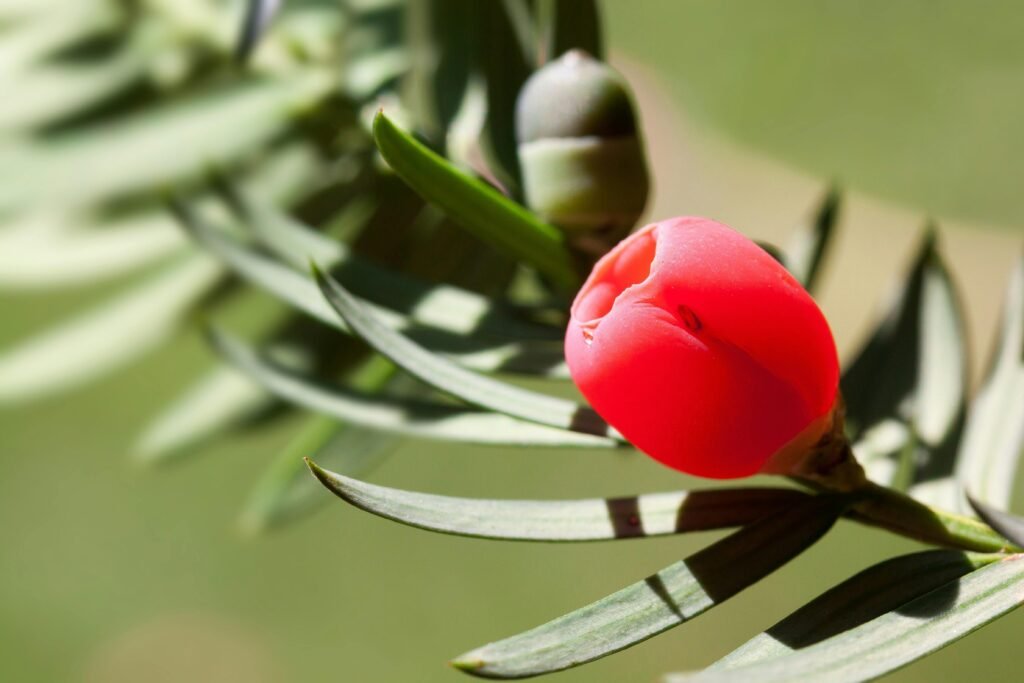
6. Yew (Taxus species)
Yew is a common evergreen shrub used in landscaping—and one of the most dangerous plants if your cat gets curious.
Toxin: Taxines
Why it’s dangerous: Taxines affect the central nervous system and the heart.
Symptoms: Trembling, muscle weakness, difficulty breathing, vomiting, collapse, seizures, sudden death.
Fatal risk: High—especially if large amounts are eaten or seeds are chewed.
Where it’s found: Outdoor hedges, older landscaping designs, colder regions.
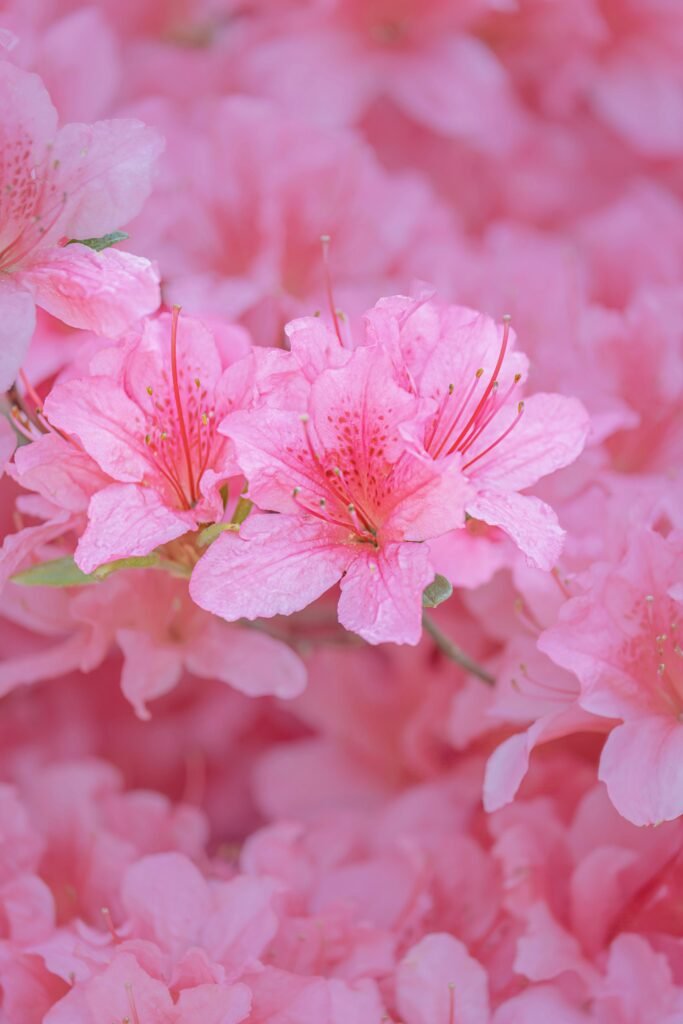
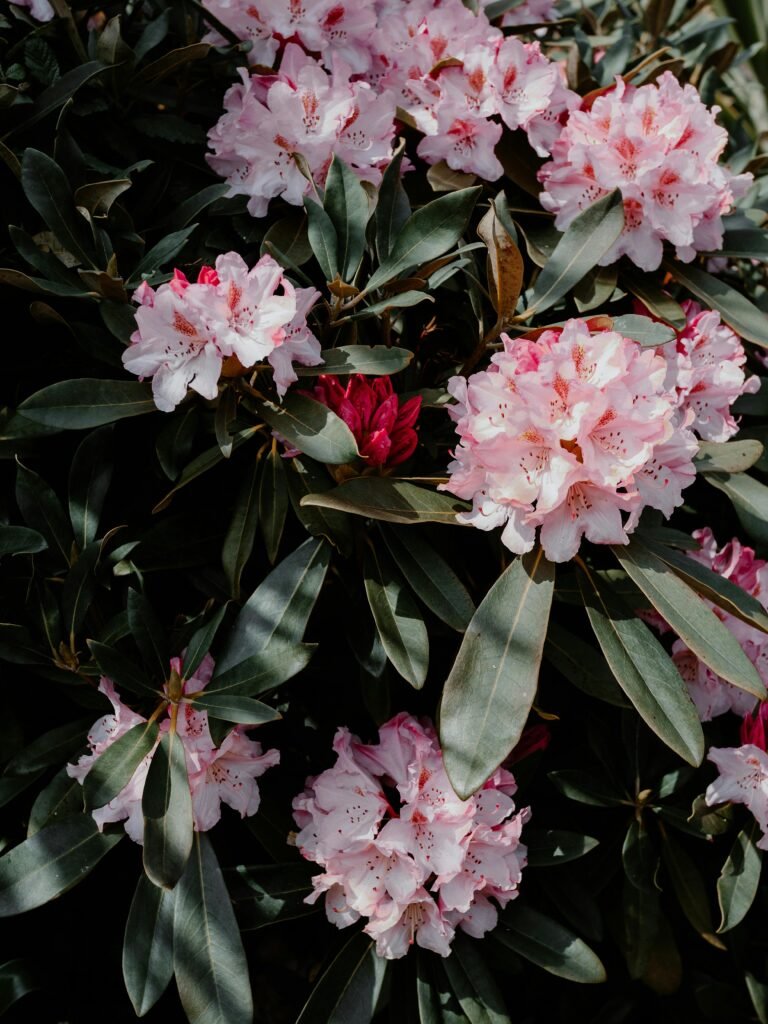
7. Azaleas & Rhododendrons
These showy shrubs are popular in gardens, but they’re dangerous to both cats and dogs.
Toxin: Grayanotoxins
Why it’s dangerous: Affects muscle control, nerve firing, and cardiac failure.
Symptoms: Vomiting, diarrhea, drooling, weakness, loss of coordination, low blood pressure, abnormal heart rate.
Fatal risk: Moderate to high depending on the amount consumed.
Where it’s found: Landscaping, public gardens, home yards, floral shops (As a gift for someone’s home)
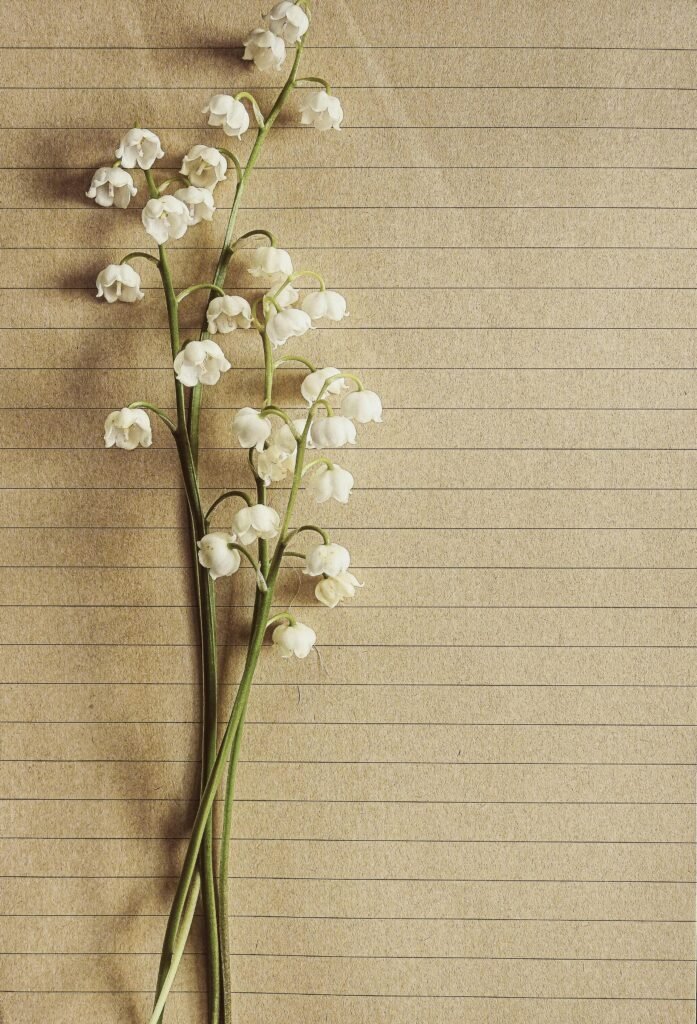
8. Lily of the Valley (Convallaria majalis)
Don’t let the delicate look fool you—this plant is small but incredibly powerful.
Toxin: Cardiac glycosides (convallatoxin)
Why it’s dangerous: Even a few bites can affect the heart and nervous system, causing serious or fatal arrhythmias.
Symptoms: Nausea, vomiting, heart rhythm changes, drooling, seizures, collapse.
Fatal risk: High—emergency vet attention required.
Where it’s found: Spring gardens, shade gardens, old-fashioned flower beds, floral shops (As a gift for someone’s home)
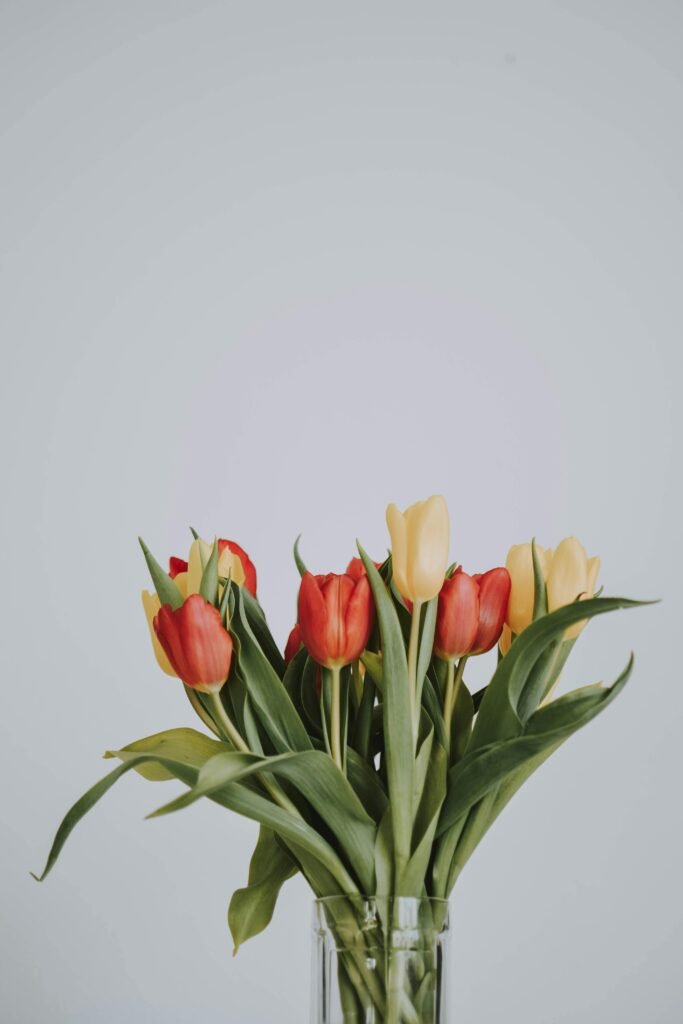
9. 🌸 Tulips (Tulipa species)
Tulips are a springtime favorite, but they come with hidden risks for cats, especially the bulbs.
Toxin: Tulipalin A and B
Why it’s dangerous: These compounds are concentrated in the bulb and can cause intense gastrointestinal irritation.
Symptoms: Drooling, nausea, vomiting, diarrhea, and in severe cases, difficulty breathing or changes in heart rate.
Fatal risk: Moderate to high depending on how much is ingested, particularly if bulbs are chewed.
Where it’s found: Garden beds, flower bouquets, potted spring bulbs.
🚨 What To Do If You Think Your Cat Ate a Toxic Plant
Don’t wait to see if symptoms develop—contact your vet or an emergency clinic immediately.
You can also call:
ASPCA Animal Poison Control: 1-888-426-4435 (available 24/7)
Pet Poison Helpline: 1-855-764-7661
Bring the plant or a photo to help identify it. Time matters with plant poisoning.
🧾 Download the Full Deadly Plant Checklist
This isn’t a complete list of every plant that can make your cat sick—just a handful to help raise awareness and keep your kitty safe. I hope you found it helpful! Need a quick reference to keep on your fridge or phone?
👉 [Download: Deadliest Plants for Cats – Printable Guide (PDF)] (link coming soon)
🐾 Final Thoughts
Cats are curious, and sometimes that curiosity leads straight to the plants we bring home. While many plants are just mildly irritating, these are the ones you really need to watch out for.
Keep them out of reach, out of your home, or out of your garden altogether. And when in doubt? Always look it up.
I’m not saying ditch your green thumb, just pick plants that won’t hurt your furr baby.
✨ More Cat-Safe Resources:
🌿 8 Personality Types (And How to Tell Which One You Live With
🐱 Cat Grass & Enrichment Plants You Can Grow Indoors (coming soon)
📥 Download Your Printable Cat-Safe Houseplant List (coming soon)

